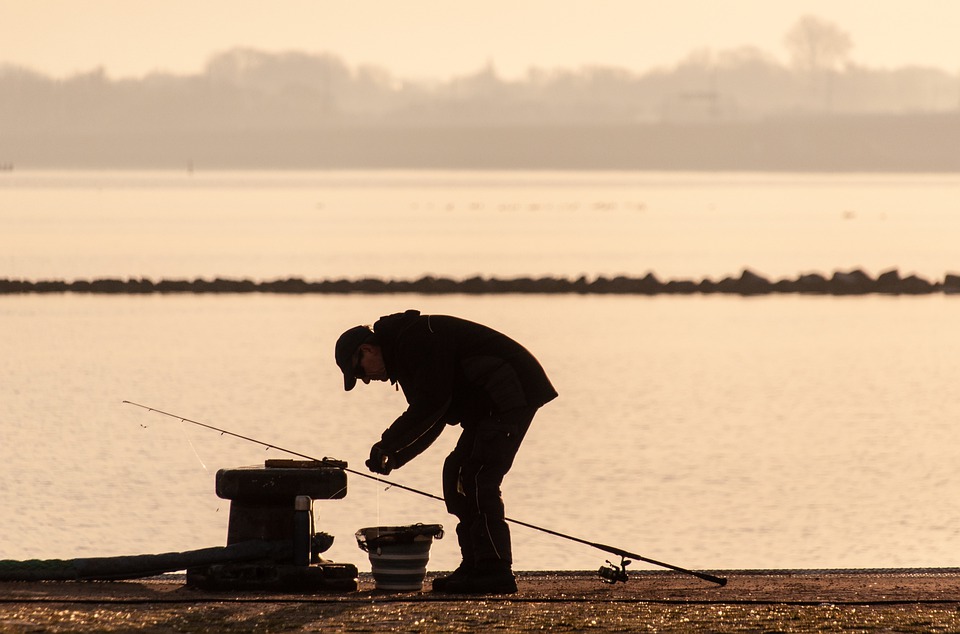In December 2023, the European Commission proposed modifications to the current MAPs heavily impacting the current state of the Baltic Sea and its depleting fish stocks.
In its proposal the Commission highlighted among other things that “applying the 5% rule could have severe socio-economic implications”. The European Parliament’s Committee on Fisheries (PECH) decided to not play along and rejected the Commission’s proposal in September 2024.
Members of the PECH Committee decided to draft an “Own-Initiative Report (INI)” entitled “The multiannual plan for the Baltic Sea and ways forward” focussing on this policy framework.
The Multi-annual Plan (MAP) - a necessary tool for managing our precious EU fish stocks
The regional Multiannual Plans (MAPs) saw the light with the 2013 CFP reform, their inclusion can be seen as “an important tool for fisheries management that helps to ensure the sustainable exploitation of fish stocks" (
Source). The first MAP to be adopted was the Baltic Sea Multiannual Plan (MAP), covering stocks of Herring, Cod and Sprat. In the MAP, EU legislators included a very important safety barrier under article 4.6 – the so-called 5% rule.
In its proposal, the European Commission proposed to delete this article, which can be seen as a major barrier against stock collapse and overfishing!
“Fishing opportunities shall in any event be fixed in such a way as to ensure that there is less than a 5% probability of the spawning stock biomass falling below Blim.” (§4.6 in the MAP)
More information on the Baltic MAP can be found via this link 
Photo credits: European Anglers Alliance
The European Parliament's INI-report - an introduction
Following the Commission’s proposal, the current European Parliament’s Committee on Fisheries (PECH) decided (end of 2024) to launch the work on an Own-Initiative Report (INI) addressing the worrying state of the Baltic Sea region as well as the worrying Commission’s proposal to amend the Multi-Annual Plan (MAP) framework.
The report in question is a very important policy element by which the EU’s angling community will ensure that its main considerations will be considered in the final document.
The Baltic MAP framework must be implemented rather than revised
EAA underlines that the current Multi-Annual Plan (MAP) framework is already the result of a compromise reached after several years of negotiations. It’s a crucial policy for restoring and maintaining levels of commercially fished stocks above levels that can produce maximal sustainable yield (MSY) and reducing unwanted bycatches. It also aims at minimizing the negative impacts of fishing on the marine ecosystem through a regional approach.
Despite this, the current MAP still has some shortcomings that need to be addressed, under the INI-report.
- The Baltic MAP is not being implemented adequately. This especially by the Council of the EU during the annual TACs and quota discussions. The Council of the EU must understand and follow MAP regulations, their structural denial of scientific advice translates into Baltic fish stocks constantly being over-exploited with potential risk of collapse.
- Annual quotas must be set accordingly. Given the Council’s unsustainable approach when setting TACs and quota’s, the Baltic MAP can be seen as an ineffective management tool not enhancing our aquatic ecosystems and resources.
- The Baltic MAP does not reach its objective of implementing an ecosystem approach to fisheries management. The MAP must address the effects of herring and sprat fisheries on salmon stocks.
- The age and size distribution of fish was never clearly included in the MAP management, which has greatly contributed to the current Baltic cod crisis and puts all fish stocks' sustainability at risk. If we had kept more older and larger fish in the sea, we would have kept fishing at a sustainable level. (EAA 2023 & RecFishing Forum 2023 event)
Urgent action is needed to save the Baltic using the MAP framework
To address the issues related to the Baltic Sea and the MAP framework, the European Anglers Alliance calls to:
Saving the Baltic requires cooperation across party lines to ensure future generations can enjoy nature and fishing in the Baltic Sea region. The European Anglers Alliance will inform all relevant stakeholders within the European Parliament of the angling community's considerations, particularly advocating for the implementation of the MAP before any revisions.
Note:
*an own-initiative report (INI-report) is a tool of the European Parliament to request the European Commission to put forward a legislative proposal on a certain issue. It is not regarded as one of the formal decision-making procedures of the European Union, but seen as a significant precursor to legislative procedures being initiated. (More information on the working of INI-reports by the EU Parliament) More information and further reading